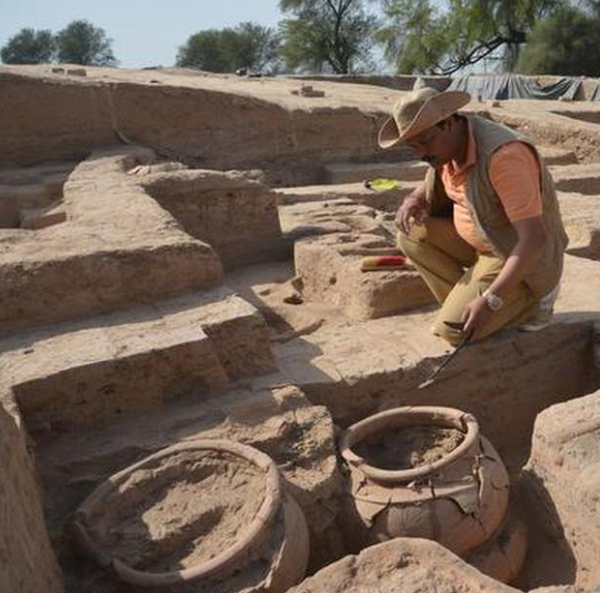How to get URL link on X (Twitter) App
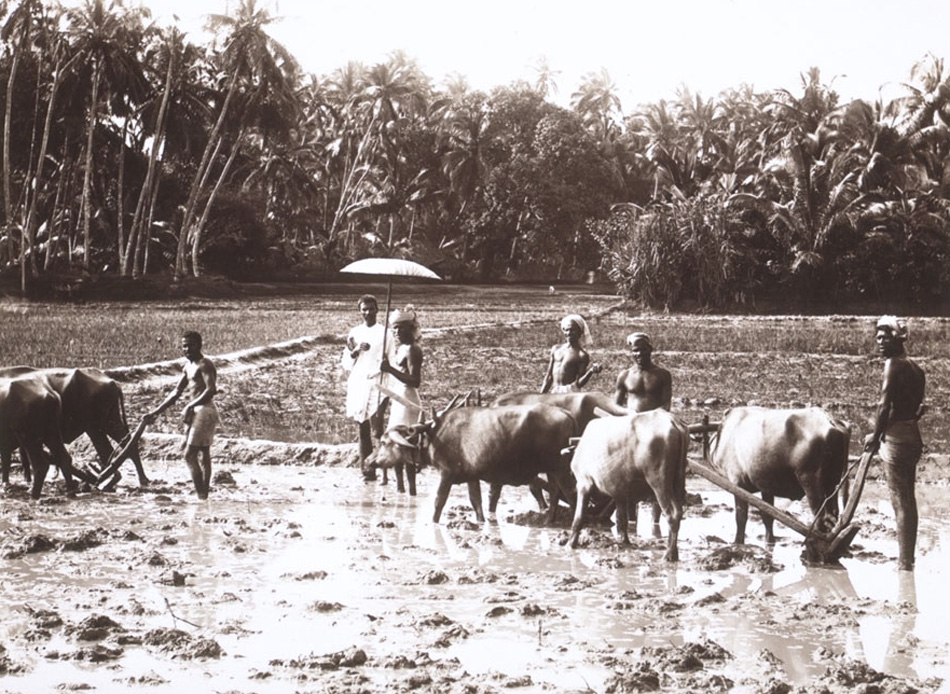
 Rice has been an extraordinary crop since the Bronze Age. On every yield metric, rice outperforms the other great staple in Eurasia - wheat. The Chinese have long noted that population expansions in the Eastern sphere have been accompanied by rice expansions.
Rice has been an extraordinary crop since the Bronze Age. On every yield metric, rice outperforms the other great staple in Eurasia - wheat. The Chinese have long noted that population expansions in the Eastern sphere have been accompanied by rice expansions.
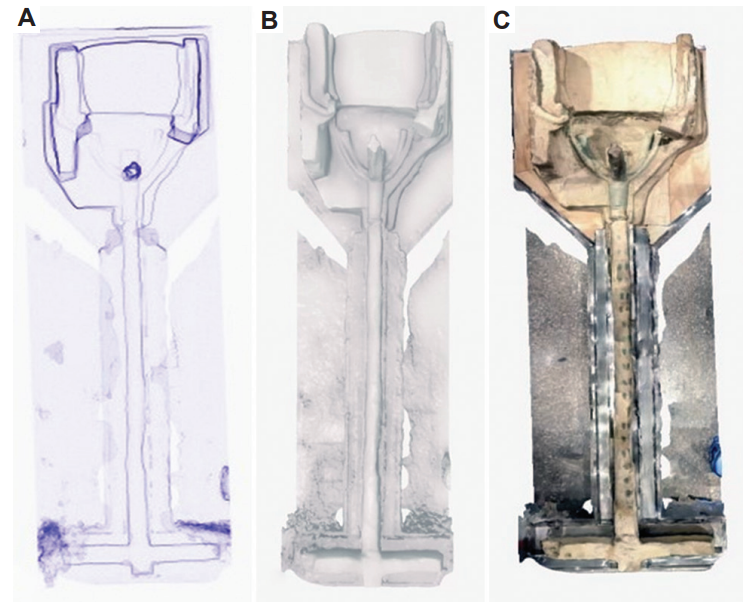
 Use of nearly-pure copper
Use of nearly-pure copper
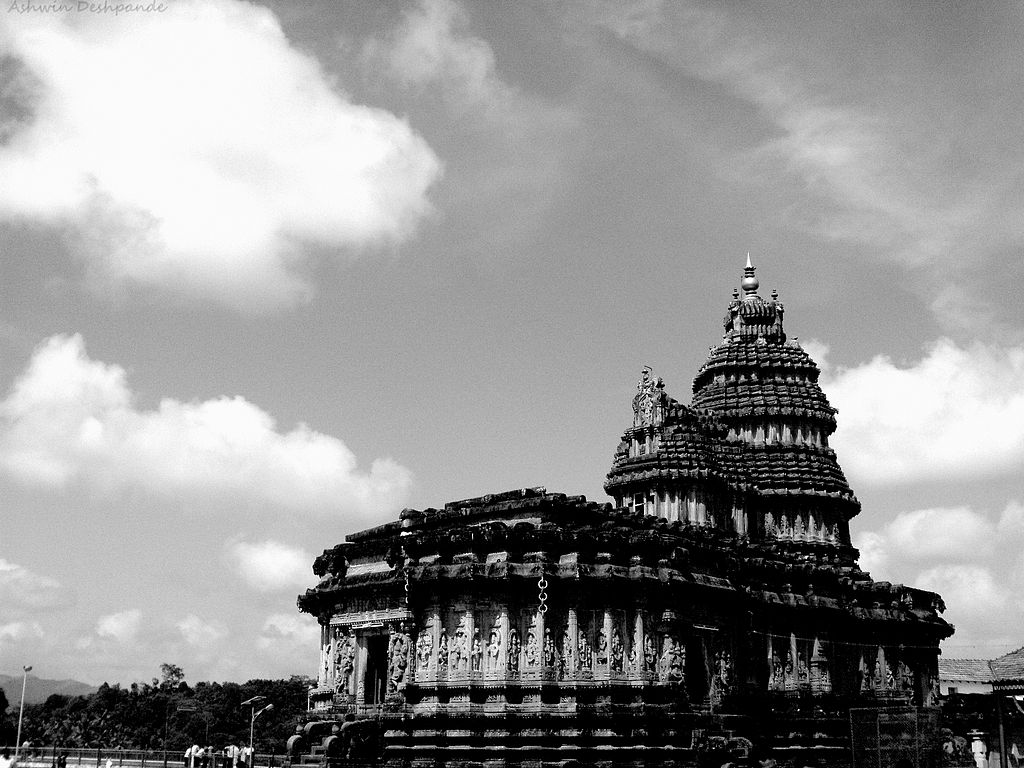
 The Vijayanagara Empire spanned 300 years (14th-16th centuries CE). One of the last springboards for the flowering of native vim in the arts and sciences, its appeal has been enduring - both VS Naipaul & Salman Rushdie have written requiems for it. Each in their own fashion.
The Vijayanagara Empire spanned 300 years (14th-16th centuries CE). One of the last springboards for the flowering of native vim in the arts and sciences, its appeal has been enduring - both VS Naipaul & Salman Rushdie have written requiems for it. Each in their own fashion. 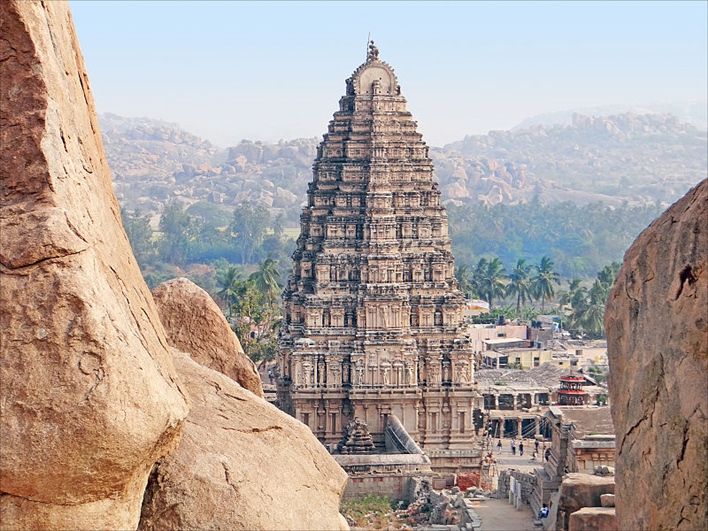
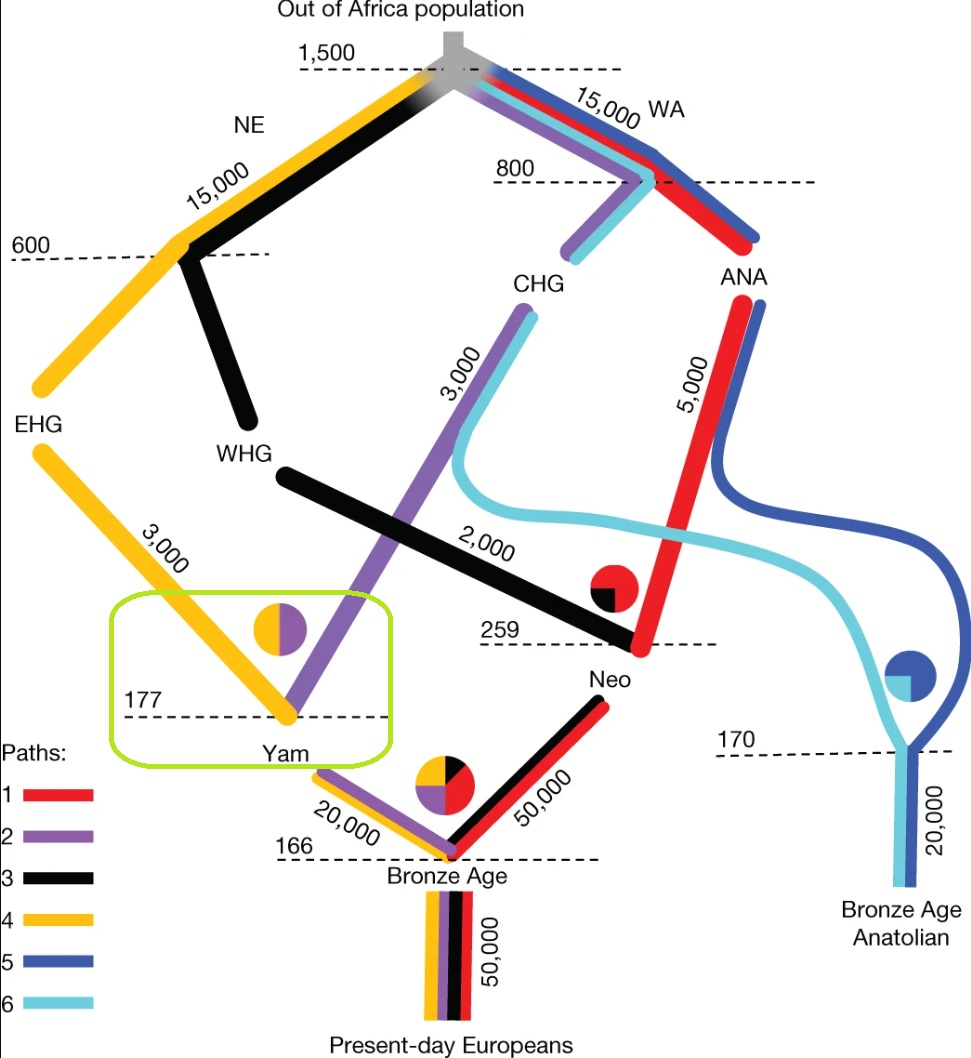

https://x.com/Ugra___/status/1780955659988824463
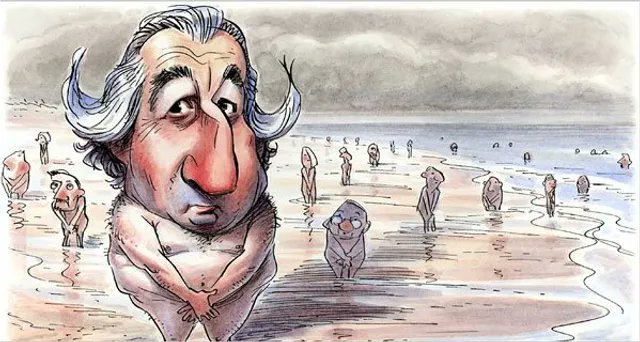
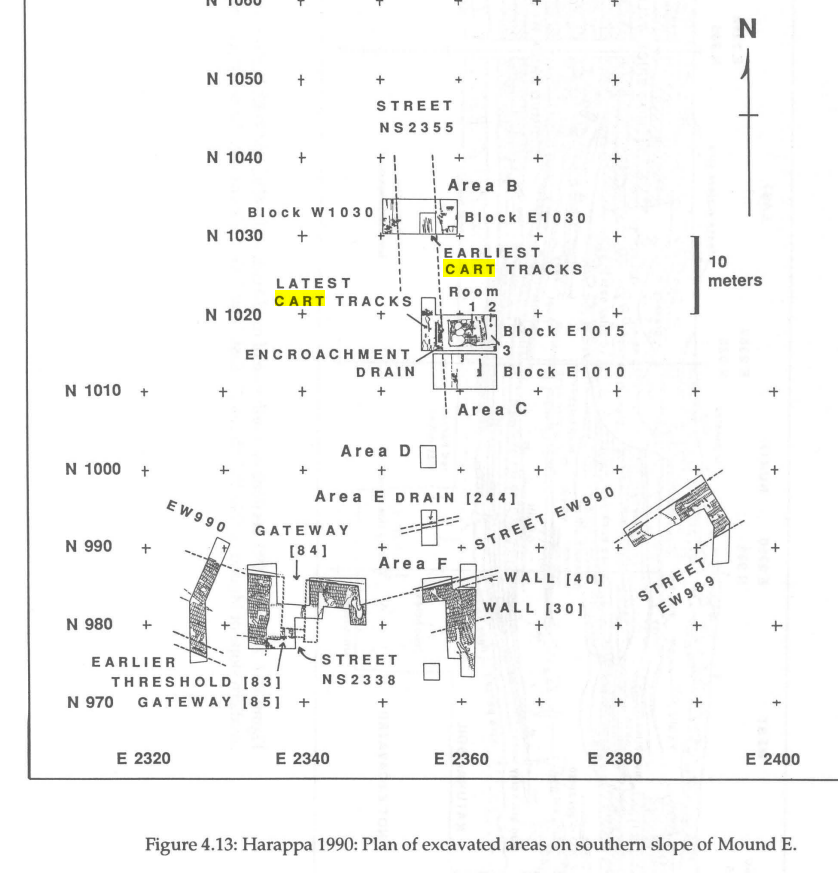
 Jonathan Kenoyer, the pre-eminent IVC archaeologist, led an expedition into the various mounds of Harappa between 1986 and 1990. It expanded the then existing knowledge of the Indus Valley and became a landmark modern project.
Jonathan Kenoyer, the pre-eminent IVC archaeologist, led an expedition into the various mounds of Harappa between 1986 and 1990. It expanded the then existing knowledge of the Indus Valley and became a landmark modern project.
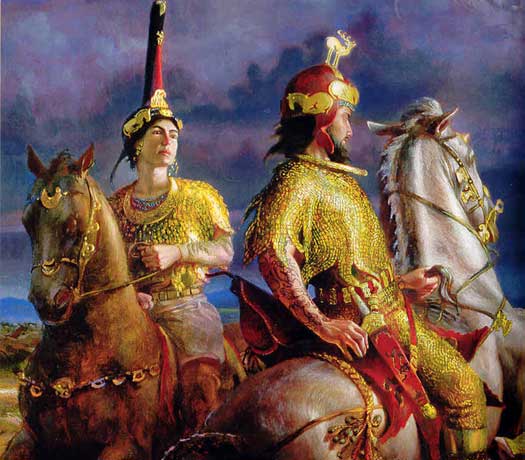
 Are they the archaeological and demic representation of the Steppes ancestry signature found in modern Indians (interquartile range of 14-18%)? To understand this, the formation of Scythians has to be known.
Are they the archaeological and demic representation of the Steppes ancestry signature found in modern Indians (interquartile range of 14-18%)? To understand this, the formation of Scythians has to be known.
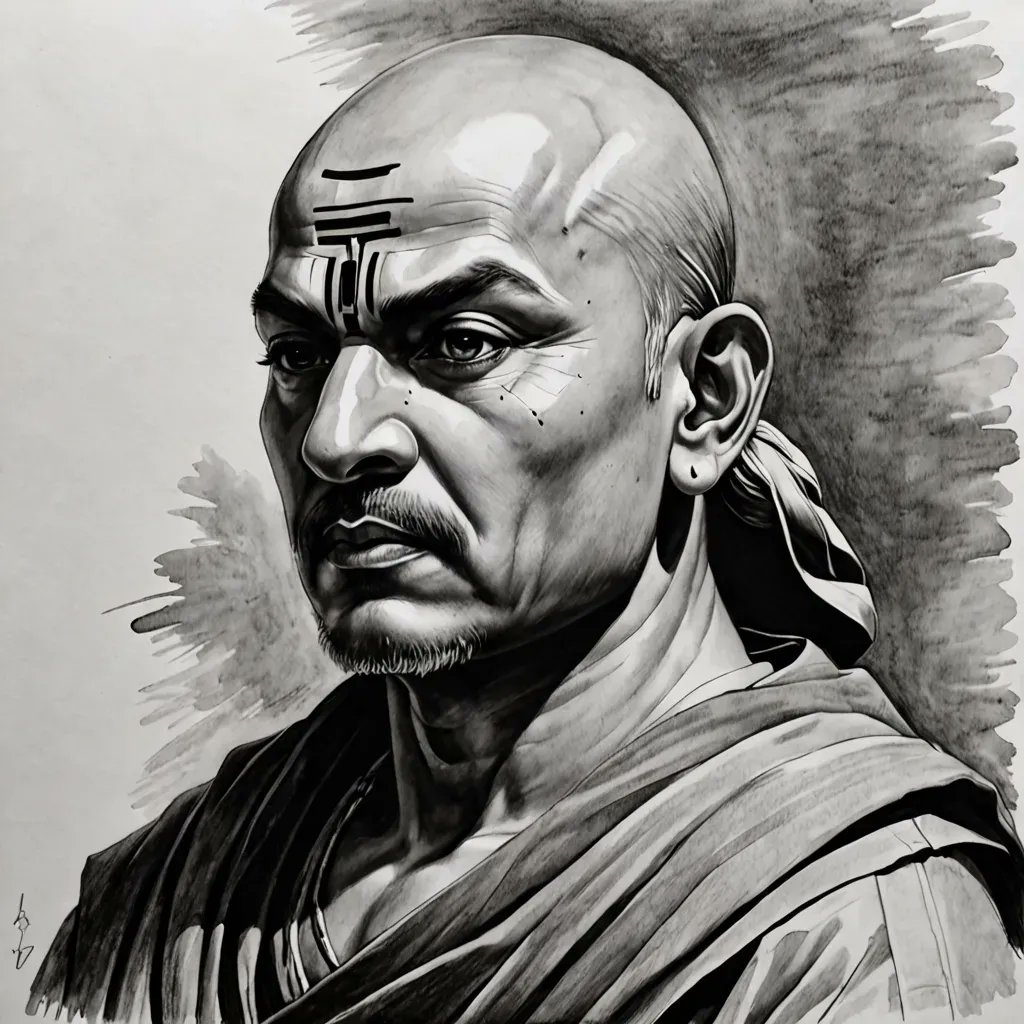
 He famously delinked the King's agency from traditional varna strictures by proclaiming that, "...a matter of dispute has four feet – law, transaction, custom and royal edict; the latter always supersedes the earlier..".
He famously delinked the King's agency from traditional varna strictures by proclaiming that, "...a matter of dispute has four feet – law, transaction, custom and royal edict; the latter always supersedes the earlier..".

 Such an insightful layer presents itself to us in the fifth kāṇḍa. This chapter provides a description of the Vâgapeya and the Râgasûya ceremonies - and the relative importance of both ceremonies in the installation of a king.
Such an insightful layer presents itself to us in the fifth kāṇḍa. This chapter provides a description of the Vâgapeya and the Râgasûya ceremonies - and the relative importance of both ceremonies in the installation of a king.
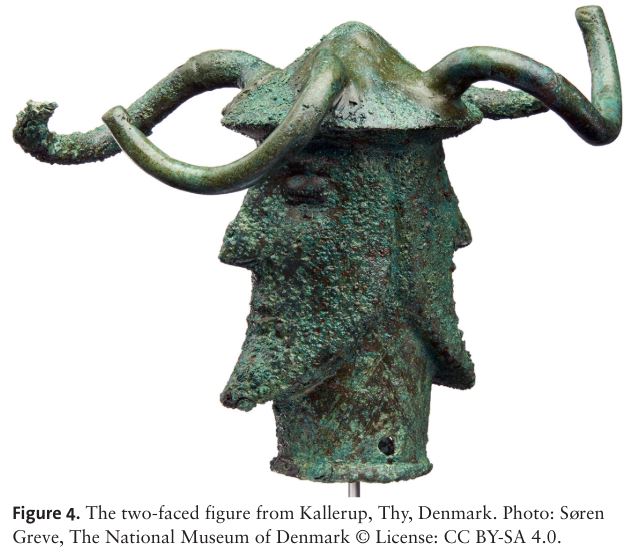
 A similar polycephalic figure wearing a horned helmet was discovered more than 5500 kilometers to the east and preceding the Kallerup hoard in Denmark by almost 600 years - in the Indus Valley Civilization.
A similar polycephalic figure wearing a horned helmet was discovered more than 5500 kilometers to the east and preceding the Kallerup hoard in Denmark by almost 600 years - in the Indus Valley Civilization.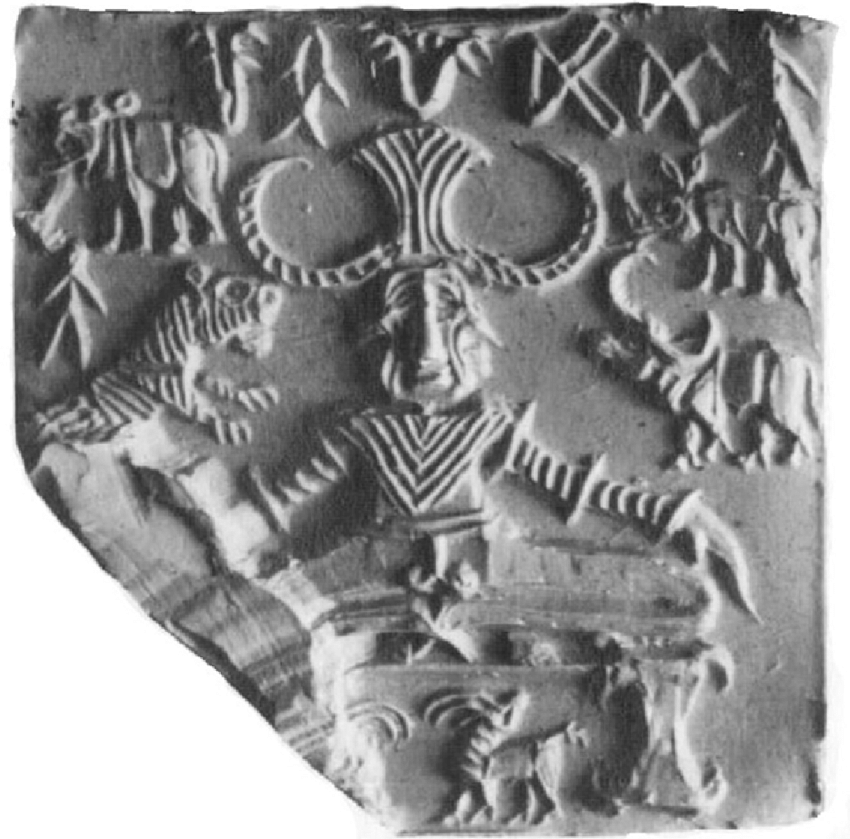
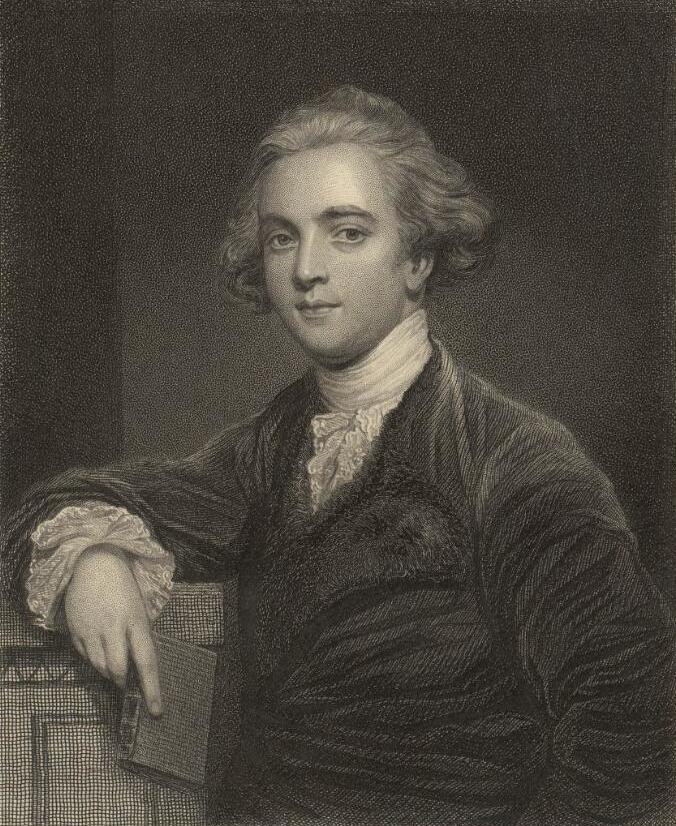
 The central piece of this thread is Northern Black Polished Ware, a superior ceramic produced in the Middle Ganges Plain. This was, in BB Lal's words - "deluxe tableware" associated with elite consumption (royal goods).
The central piece of this thread is Northern Black Polished Ware, a superior ceramic produced in the Middle Ganges Plain. This was, in BB Lal's words - "deluxe tableware" associated with elite consumption (royal goods). 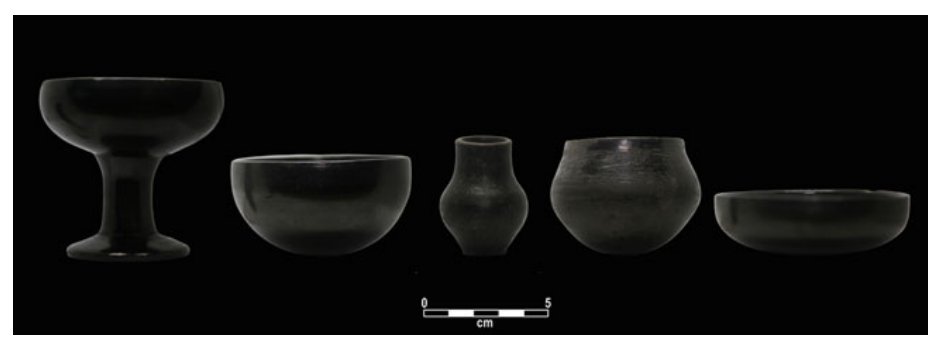
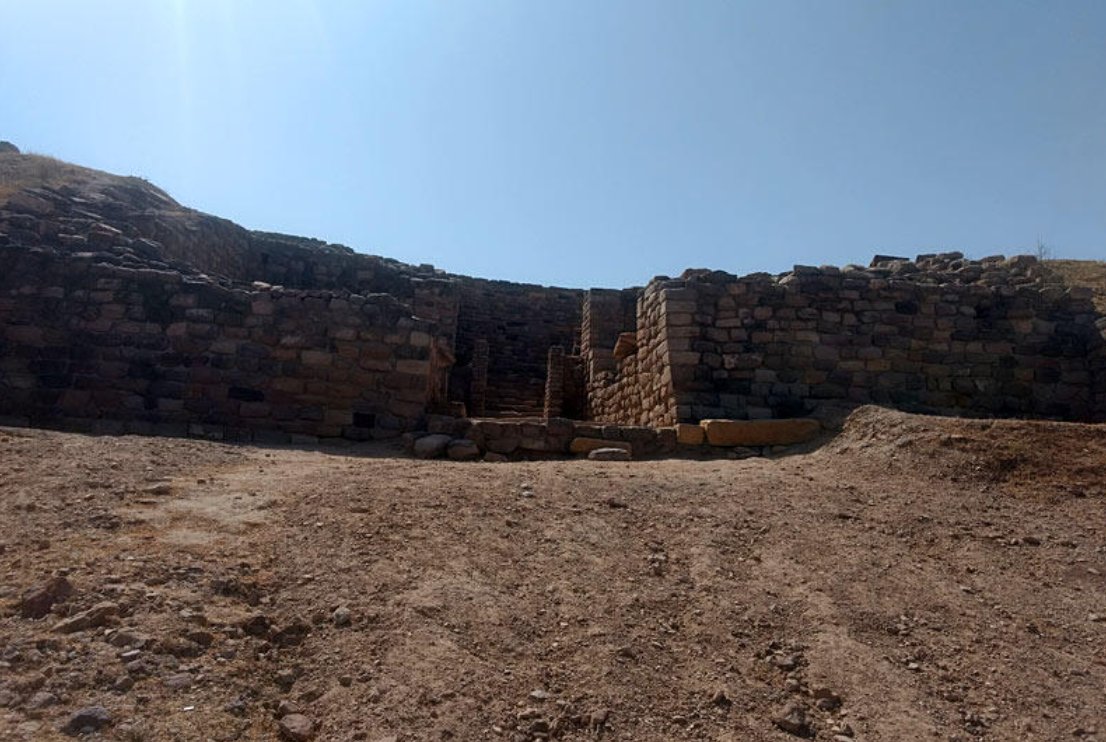
 First the North Gate.
First the North Gate. 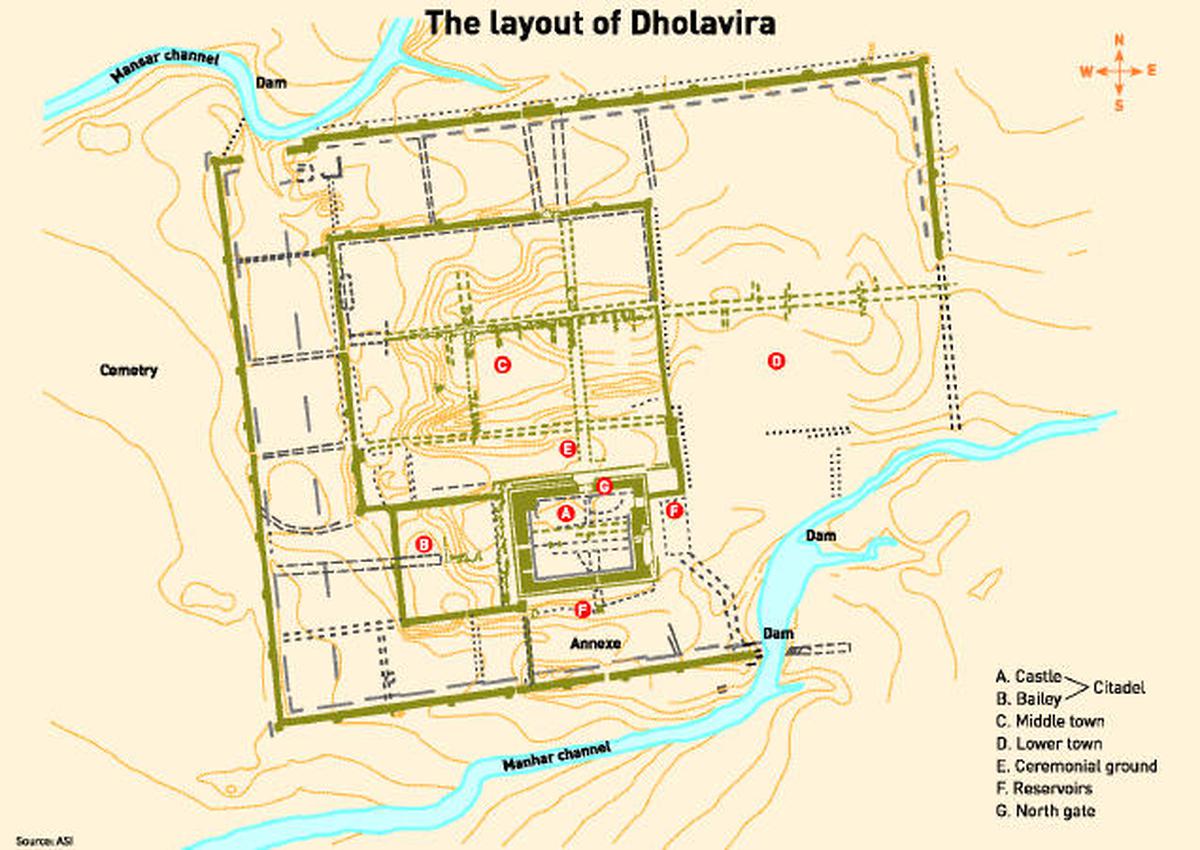
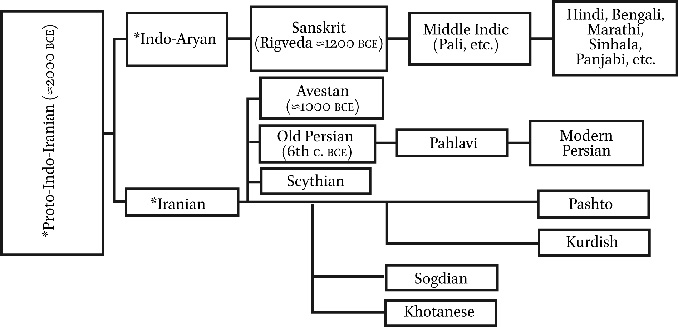
 I forgot to mention it but it is obvious. The IAs also transitioned from Bronze Age to the Iron Age on the way to Sri Lanka.
I forgot to mention it but it is obvious. The IAs also transitioned from Bronze Age to the Iron Age on the way to Sri Lanka.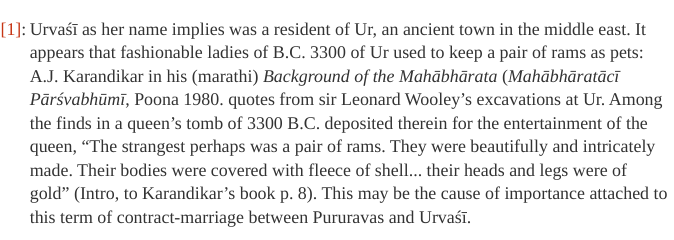
 We can notice another interesting concordance - Urvaśī (उर्वशी) is one of the Apsaras (अप्सरस्) closely linked with the Gandharvas - musicians who are proficient at stringed instruments.
We can notice another interesting concordance - Urvaśī (उर्वशी) is one of the Apsaras (अप्सरस्) closely linked with the Gandharvas - musicians who are proficient at stringed instruments. 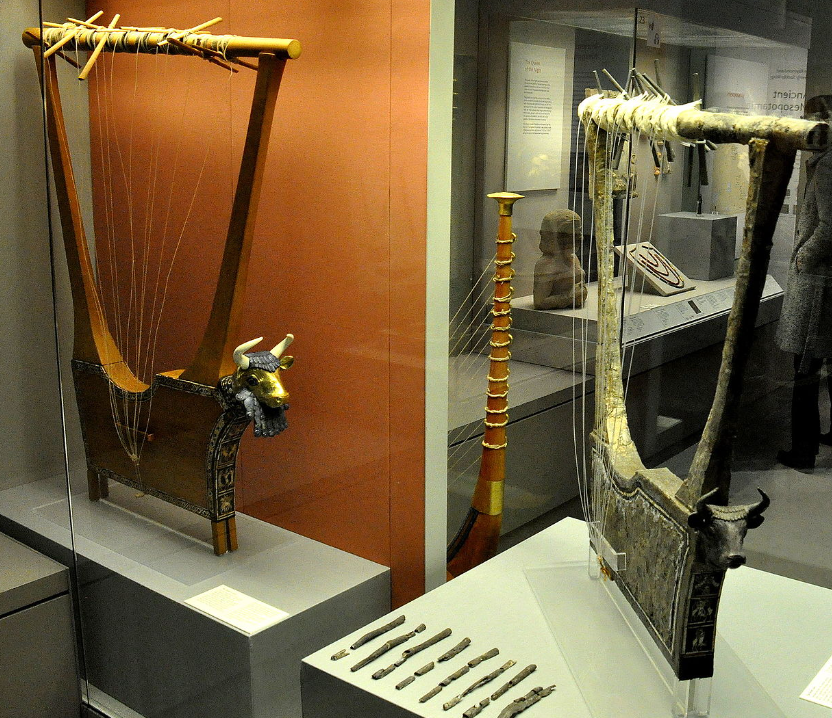
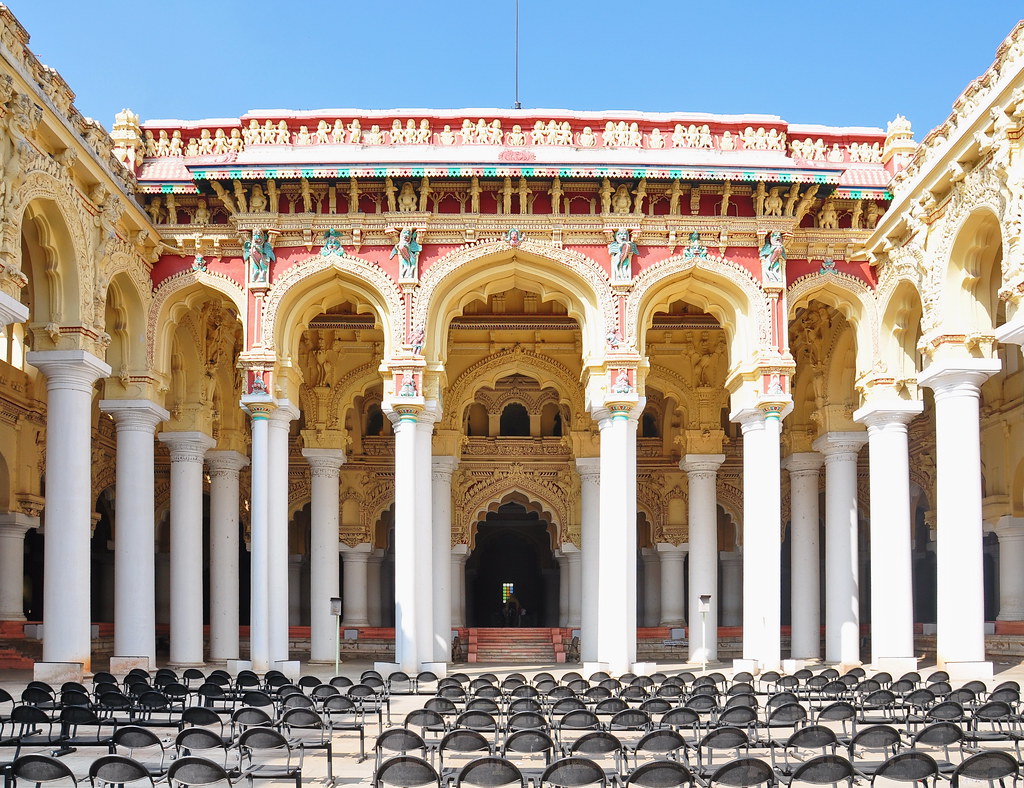
 Krishnadevaraya had ascended the throne at the turn of the 15th century and formed a strong nucleus of power on the Tungabhadra-Krishna Doab.
Krishnadevaraya had ascended the throne at the turn of the 15th century and formed a strong nucleus of power on the Tungabhadra-Krishna Doab. 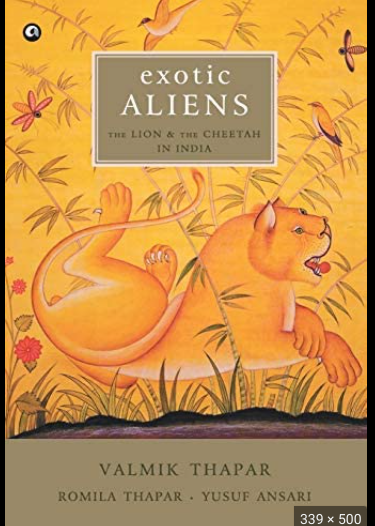
 The major historian among the trio was Romila Thapar, well known for her reductionist approach towards ancient Indian history.
The major historian among the trio was Romila Thapar, well known for her reductionist approach towards ancient Indian history. 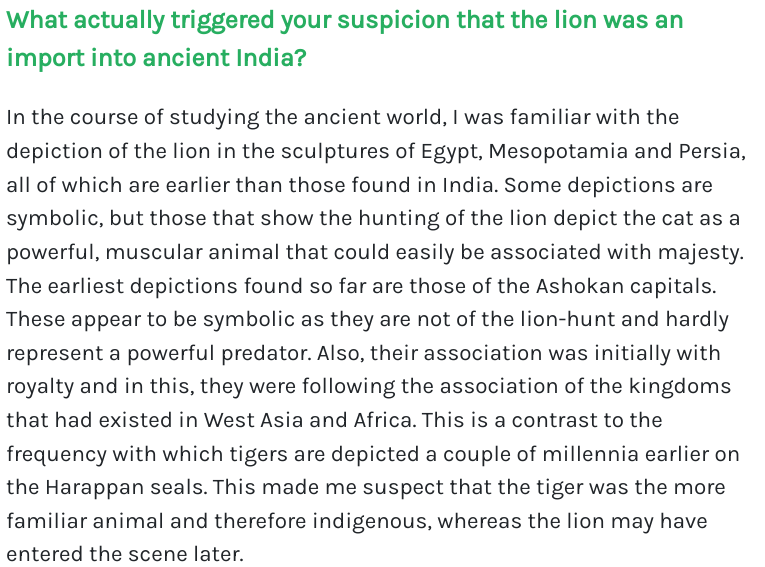
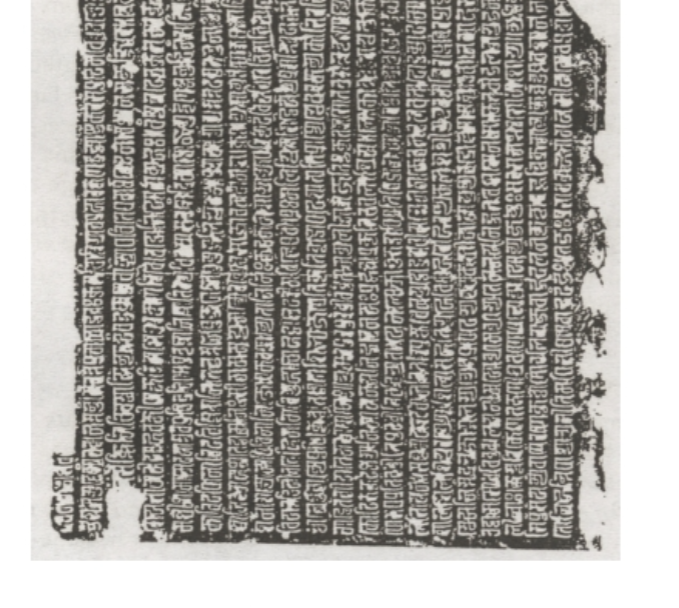
 Engraved on a rectangular stone slab, about 115 cm x 56 cm, it contained 20 lines in the Nagari script.
Engraved on a rectangular stone slab, about 115 cm x 56 cm, it contained 20 lines in the Nagari script. 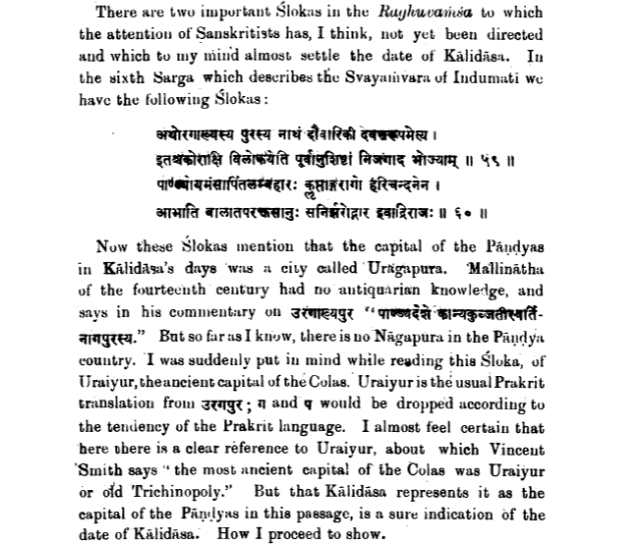
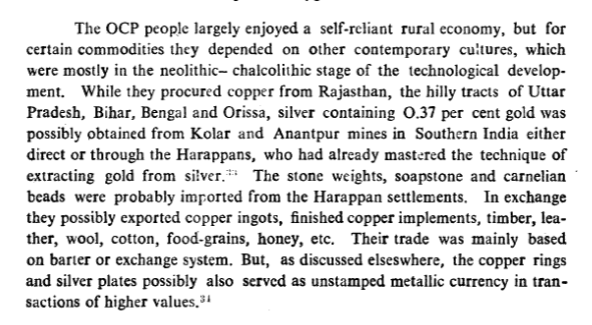
https://twitter.com/SunKnight___/status/1576151294368428033The earliest culture marked by a very specific profusion of weapons is the Ochre Coloured Pottery (OCP) culture in the Upper Ganga-Yamuna Doab.
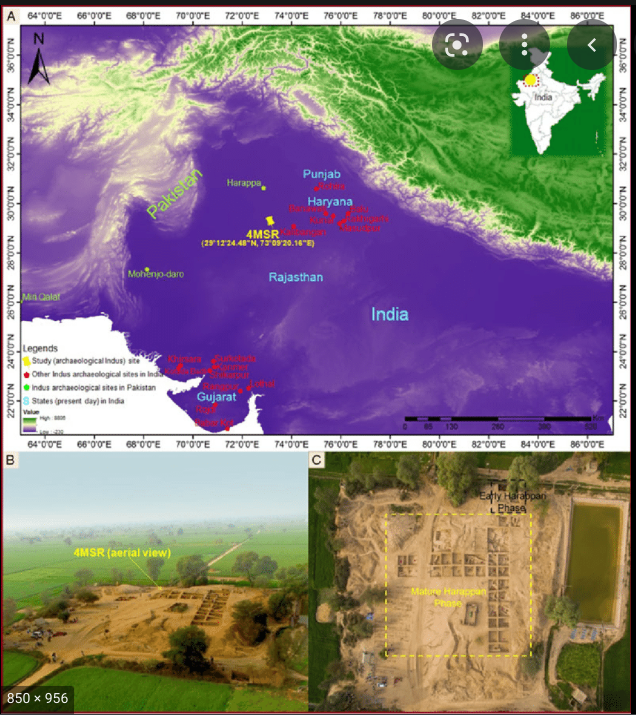
 In 2017, it was excavated by an ASI team led by none other than Sanjay Kumar Manjul. They found several artifacts that have spurred other researchers to posit theories in disparate fields.
In 2017, it was excavated by an ASI team led by none other than Sanjay Kumar Manjul. They found several artifacts that have spurred other researchers to posit theories in disparate fields. 